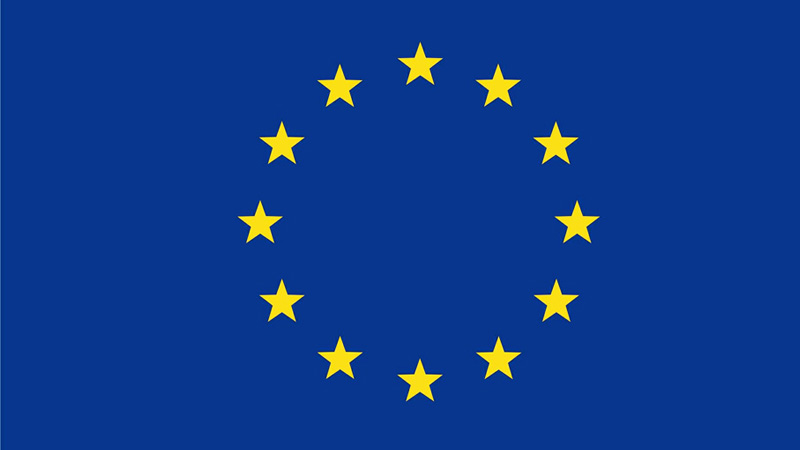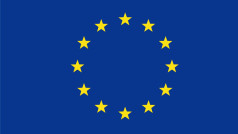As it is stated in a press release, the “proposed actions will contribute to closing
the loop of product lifecycles through greater recycling and re-use, and bring benefits for both the environment and the economy.
The main topics of the package are:
– Development of quality standards for secondary raw materials
– measures to promote reparability, durability and recyclability of products, in addition to energy efficiency;
– A revised Regulation on fertilisers,
– A strategy on plastics in the circular economy, addressing issues of recyclability, biodegradability, the presence of hazardous substances in plastics, and the Sustainable Development Goals target for significantly reducing marine litter;
– A common EU target for recycling 65% of municipal waste by 2030;
– A common EU target for recycling 75% of packaging waste by 2030;
– A binding landfill target to reduce landfill to maximum of 10% of all waste by 2030;
– A ban on landfilling of separately collected waste;
– Promotion of economic instruments to discourage landfilling ;
– Simplified and improved definitions and harmonised calculation methods for recycling rates throughout the EU;
– Concrete measures to promote re-use and stimulate industrial symbiosis
– Economic incentives for producers to put greener products on the market and support recovery and recycling schemes (e.g. for packaging, batteries, electric and electronic equipment, vehicles).
According to the commission, the program will be supported financially by ESIF funding, €650 million from Horizon 2020 (the EU funding programme for research and innovation), €5.5 billion from structural funds for waste management, and investments in the circular economy at national level.
Read more on the circular economy package in the next issue of RECYCLING magazine.






